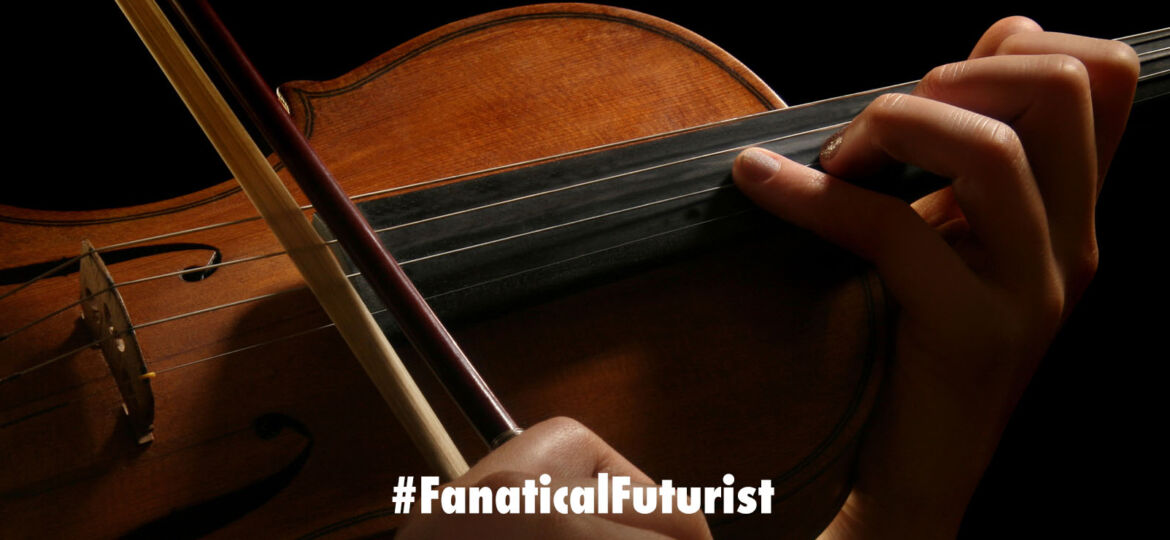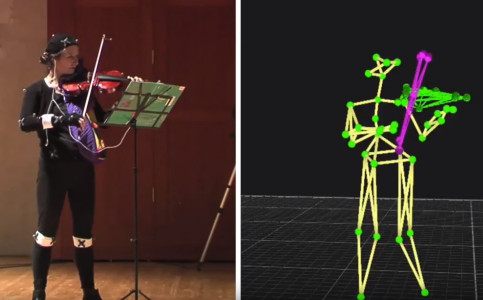
WHY THIS MATTERS IN BRIEF
Advances in AI technology mean we have a variety of new ways to educate and train children, all of which could help them learn more, faster.
There’s a lot of technology emerging in the education sector that’s designed to help us learn faster and more efficiently – from using Artificial Intelligence (AI) to monitor students attention levels, and create new adaptive learning applications and avatar teachers, through to new Neuro-Training and Virtual Reality applications. And then, of course there’s memory uploading which was successfully demonstrated a few years ago. Now there’s another.
If you’re training to be a concert violinist, and I know you secretly are, you don’t want your technique to be merely “good enough.” Now there’s a new computer system that can come to your rescue, and it uses AI to identify a user’s bow technique and help them improve their performance.
A summary of the tech
Created by scientists at Pompeu Fabra University in Spain the new system was trained using a gesture-recognising Myo armband that tracked the arm movements of a professional violinist as she used the Détaché, Martelé, Spiccato, Ricochet, Sautillé, Staccato and Bariolage bow techniques. Audio of the performances was recorded at the same time.
The Machine Learning based algorithm then compared the arm movements to the corresponding audio, determining which movements created which sounds, within each technique. When the system was subsequently tasked with identifying the technique that a violinist was using, it could do so with an accuracy of over 94 percent.
It is now hoped that once developed further the technology could be used to provide students with real-time feedback, showing them where their form deviates from that of the pros, and once the technology’s refined then it won’t be just constrained to teaching people how to play the violin – you can imagine it being used to help athletes up their game, and myriads of other applications.
The research, which was led by David Dalmazzo and Rafael Ramírez, is described in a paper that was recently published in the journal Frontiers in Psychology.
Source: Pompeu Fabra University


















[…] training to help hone an athlete’s technique or, when combined with AI even be used to train world class musicians. Think combinations young futurist, not just […]